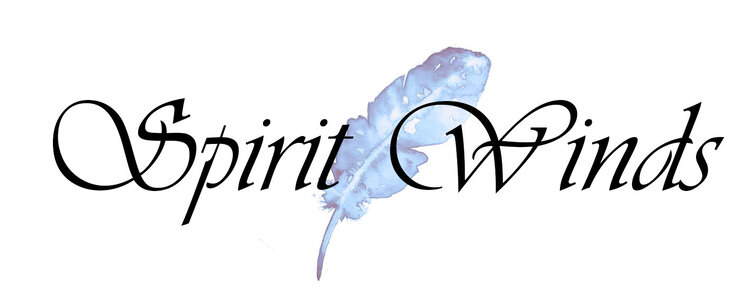Craftsmanship
All SpiritWinds instruments are made entirely using only hand tools.
Over the past two decades, at some stages more machined methods were used, however this always took some of the ‘personal touch’ out of the process, and also created at times an illusion of efficiency, and so a move has been made back to the roots of flutemaking where simple tools were used by the fireside .
There are quite a few stages in the flutemaking process, and at each point we have sought to use processes that create instruments reflecting our values, ideals and reasons for pursuing the art of instrument making at the outset.
Simplicity and quality is key in all we do - from our methods of cutting and joining the wood, to focusing on the unique sound that makes a SpiritWinds instrument Once the wood has been transformed, our finishing process reflects a commitment to a chemical free ethos that provides the wood with resilience, longevity and protection for years of playing enjoyment.
Features
Hand Sawn Split Bores
This traditional method of Native American Flute making has been retained in the construction of all our instruments. Although some SpiritWinds flutes in the past experienced an evolution into solid bore construction, a recommitment to the split bore method has enabled a shift back to a purely hand made instrument which has allowed more control in the voicing of each flute.
Natural Finishes
We only use natural finishes, including shellac, food grade orange oil, and beeswax.
Hardwood Featured Endcaps
The ends of the flute often take a beating, so we use Australian hardwoods such as kwila, tulip oak, walnut or New Guinea rosewood to add extra protection. This is especially needed when the main flute body is made using softwoods like Rainforest Cedar or Huon Pine, which make beautifully resonant flutes.
Practical Accessories
A denim bag is provided to protect your flute. You will also receive a booklet with information on care and fingering charts including songs to get you started on your flute journey.
We can also provide block replacements if required for a small fee to cover postage charges.
Voicing
Each flute maker has their own ‘voice’, which distinguishes their particular style of flute. We have always strived for maximum harmonics, a medium tone of breathiness, and a clear tone with good volume.
Tuning
We are purists, and seek to provide exact and temperature relative tuning. For flutes being used with other concert instruments for playing or recording purposes, this means tuning at A=440hz at approximately 23C. As our flutes are wooden instruments that rely on breath pressure, we also aim to use a mid range of pressure when tuning to maximise accuracy.
We seek to individualise instruments as much as possible, and this means we are more than happy to work to specifications, whether that means adjusting for cooler average temperatures, tuning at A=432hz or A=444hz at 23C, or any other frequency requested!
Traditional Native American Style flutes were tuned according to the physical dimensions of the player, which often turned out to approximate to a minor pentatonic scale, which is what most of our flutes are tuned to as that is what the ‘conventional’ approach to tuning is at this point in time. However we are more than keen to explore and experiment with other scales. As the flutes are constructed with a straight bore (not tapered like a recorder) they are limited to 1 1/3 octaves.
We have, over the past two decades, perfected our construction methods in calculating bore ratio to hole size, so you can be assured that there is maximum sound quality attained whilst achieving evenly spaced and very playable hole sizing.

